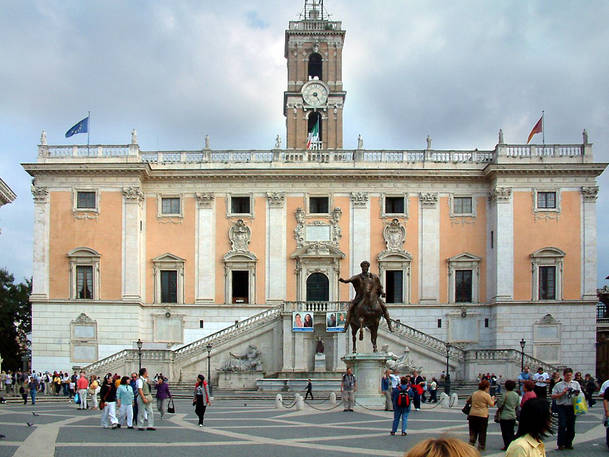


Federculture [2] - the Italian national association of public and private entities operating in the fields of culture, tourism, sports and leisure - presented the 15th annual culture spending report at the Ministry of Foreign Affairs and International Cooperation in Rome.
The report revealed that Italians spent 72.5 billion euros on culture over the course of 2018, averaging 127 euros per household each month. This marks a 2.4% increase from the previous year.
Household spending on culture has in fact been rising since 2013, after a period of decline between 2008 and 2013, during which culture spending dropped by 4.6% as the country’s GDP dropped 1.6% and overall consumer spending rose 1%. Then the trend was reversed so that over the last five years, culture spending rose 13.4% while GDP increased 9.9% and overall consumer spending 8.8%.
Researchers also found that museum visitors went up 10% between 2017 and 2018 and so did the number of children discovering art and culture by visiting museums and archaeological sites and attending shows. During the presentation, culture minister Dario Franceschini spoke to the importance of “investing in young people and the contemporary.”
However, though the trend is certainly encouraging, not all of the report’s findings were so positive. For example, it also shows that Italians are reading less and less, with only 40% reading one or more books per year. A problem Federculture proposes to address by developing legislation aimed at consolidating the habit of reading and laws to support bookselling activities.
The report also highlights strong regional imbalances: culture spending is significantly higher in the North of Italy and lower in Southern regions and islands. In Trentino Alto Adige, a family spends on average 178.8 euro in culture each month, while in Calabria that number is down to 64.3 euro.
It also appears that autonomous museums perform better, especially with regards to customer service and satisfaction (accessibility, visitor services, etc.) Autonomously managed museums saw a larger increase in visitors (+14.8% compared to +10.2% in total public museum visits) and in income (+22.5% compared to +18.4%.)
As Minister Franceschini stated, “Culture is strategic to the sustainable growth of Italy, who has always made beauty, art and creativity fundamental traits of its identity.” And for this reason, in sharing the data gathered, Federculture also argues in favor of implementing public policies that will help continue to increase culture spending and diffusion throughout the country.
The association in fact found that spending rose in sectors in which such policies had been implemented, such as museums and archaeological and monumental sites, which did much better than in those where no such policies exist, including cinema and theatre.
The report therefore calls for the formulation of a cultural policy agenda to increment cultural consumption, incentivate programming and innovation, and favor collaborations between the public and private sector.
“Growth, which we all care about, passes through culture,” notes the President of Federculture Andrea Cancellato, “with it we can contribute to the overall betterment of Italy.”
Source URL: http://test.iitaly.org/magazine/focus/art-culture/article/culture-spending-rise-in-italy
Links
[1] http://test.iitaly.org/files/museojpg
[2] http://www.federculture.it/federculture-2/chi-siamo/